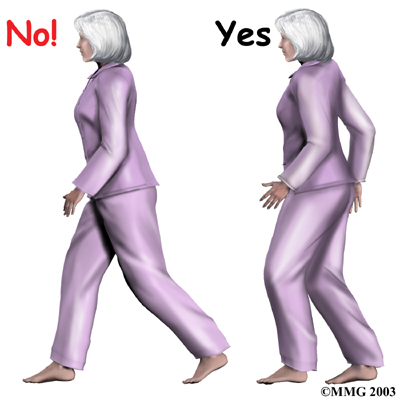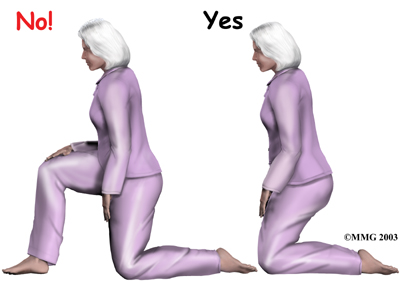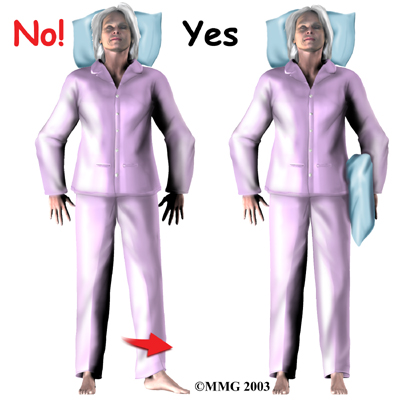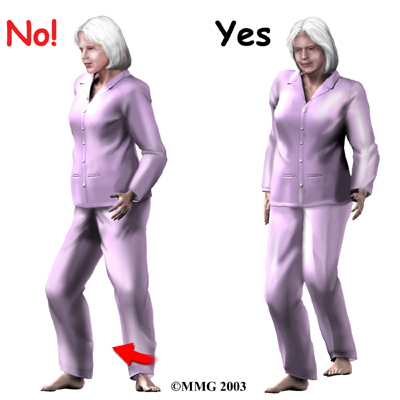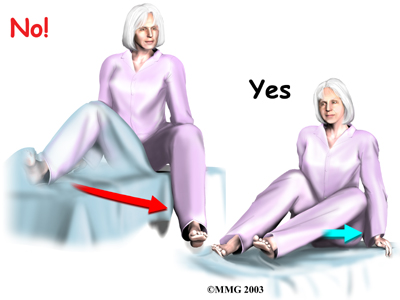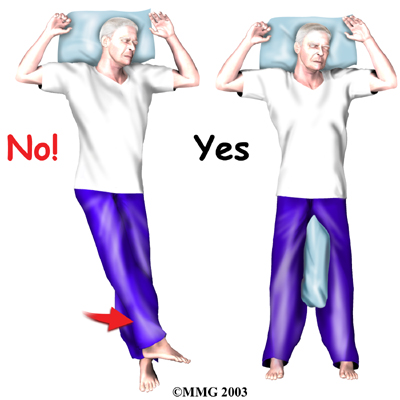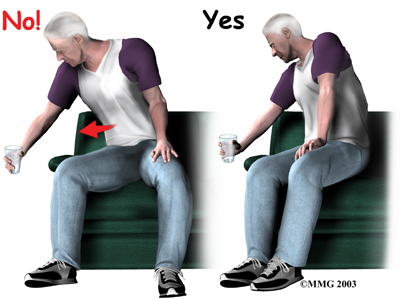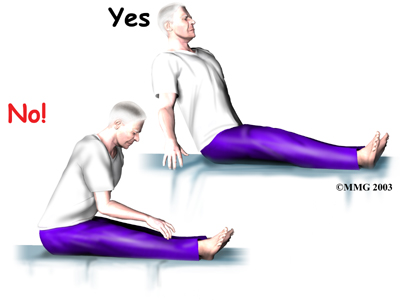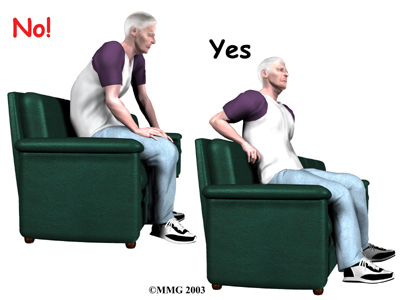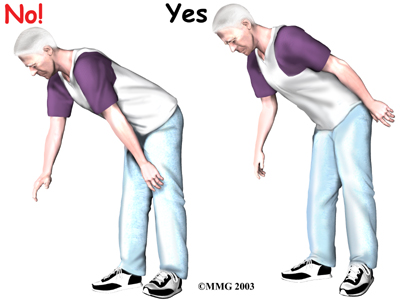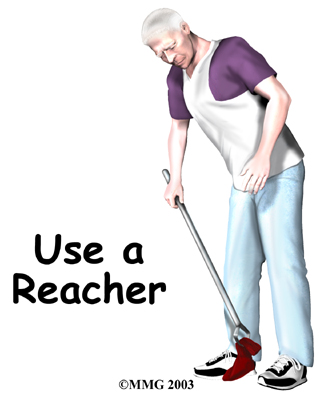Which parts of the hip joint are affected by a dislocation?
The hip joint is one of the true joints of the body.
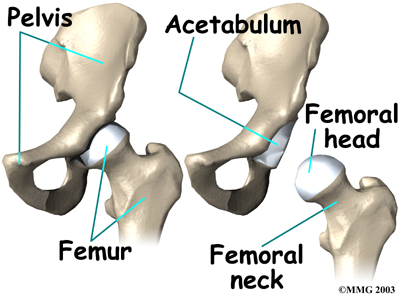
The hip socket is called the acetabulum and forms a deep cup that surrounds the ball of the upper thighbone, called the femoral head. The ball and socket is surrounded by a soft-tissue enclosure called the .
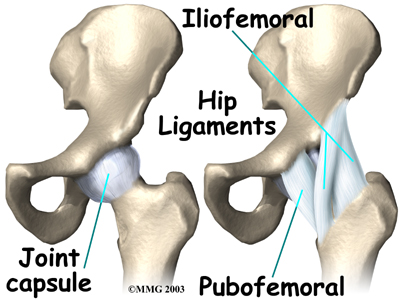
The hip itself is surrounded by the thick of the buttock on the back of the hip and the upper thigh muscles on the front.
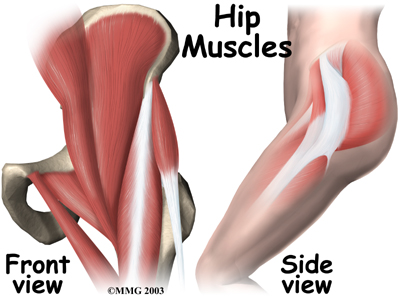
When the surgeon capsule on the front edge, the procedure is called an anterior approach. Opening the joint from the back part of the joint is called a posterior approach.
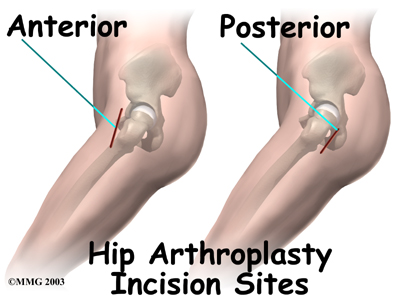
Related Document: Next Step Physio's Guide to Hip Anatomy
Rationale for Hip Precautions
Why are precautions needed to prevent a hip dislocation?
The joint capsule and ligaments keep the ball joint centered in the hip. When these soft tissues are cut during hip surgery, there is a greater risk for the ball to be forced out of the socket and dislocated after surgery while the soft tissues of the hip heal. The hip precautions you'll learn are used to keep your hip in safe positions. To do this, you need to avoid certain movements and positions. In this way, the ball will be less likely to push against the healing tissues and be forced out of the socket. Most surgeons prefer to have you use these precautions for at least six to twelve weeks after surgery until the healing tissues gain strength.
 of an artificial hip is uncommon but may occur within the first three months after surgery. The problem usually starts with a popping or slipping sensation. If the ball dislocates, you will be unable to put weight on the affected limb and will most likely experience discomfort in your hip. You should contact your orthopedic surgeon immediately and probably have someone take you to the emergency room. Putting the hip back in the socket will probably require medication given intravenously to relax the hip muscles and allow your surgeon to put the hip back into place.
of an artificial hip is uncommon but may occur within the first three months after surgery. The problem usually starts with a popping or slipping sensation. If the ball dislocates, you will be unable to put weight on the affected limb and will most likely experience discomfort in your hip. You should contact your orthopedic surgeon immediately and probably have someone take you to the emergency room. Putting the hip back in the socket will probably require medication given intravenously to relax the hip muscles and allow your surgeon to put the hip back into place.
Most patients will have an opportunity to work with a physical or occupational therapist before having hip joint surgery. However, patients sometimes require emergency surgery, such as after a hip fracture, and are not able to have preoperative therapy instruction.
Your therapist will go over specific precautions with you in the preoperative visit and will drill you often to make sure you practice them at all times for six to 12 weeks after surgery.
Your health care team will remind you often about these precautions. They sometimes place a sign by your hospital bed as a reminder. You'll continue to review and use these precautions until your surgeon gives the approval for you to stop using them.







